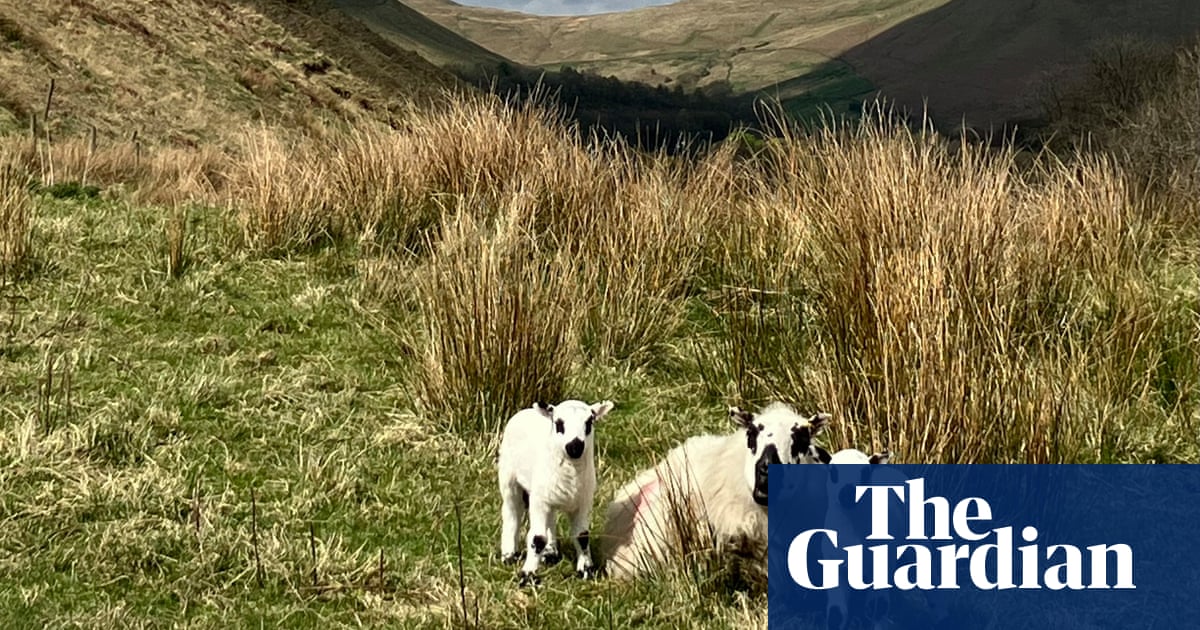Lambing each spring is a time when I find myself going round and round in circles. At least three times a day I do a lap of the farm, checking on the yows and lambs, making notes about which have lambed and how many lambs they have had. I’m also troubleshooting; looking out for lambs that are cold, hungry or inactive, and for yows on the verge of lambing. Just a flick of the tail or turn of the head can give it away.
It’s also time to notice things: hawthorn beginning to blossom, bluebells looking like they might flower soon, two noisy oystercatchers, a buzzard circling overhead. It’s an active world and I’m not just an observer, I’m part of the whole landscape and ecosystem.
This year I’m lambing 178 yows, and so far 79 have lambed. Nearly halfway there. We normally scan them, but aren’t this year as we planned not to give any additional feed to those expecting twins. That’s because the twins were a little big last year, and we are moving to an entirely grass-fed regenerative system.
So far they are lambing at about 125%, so one in four is having twins. I’ve had to intervene in two out of the 79 births. One lamb has died, two yows have rejected their lambs, and one was convinced to mother its own by bringing them into the shed and putting them in a small pen together. The whole process from first birth to last takes about 25 days.
This week a farming friend died suddenly at the age of 59. I haven’t given myself time to think about this until today, and suddenly, overcome, I sit on the hillside and lie down in the grass. I see tiny violets around me and the view of the valley below. As well as being connected to nature, we farmers are connected to each other. I think about those who lambed here before me, and those who will hopefully come after.
A peregrine soars overhead, and as I watch it I’m reminded of my friend singing hisfavourite hymn, How Great Thou Art: “When I look down from lofty mountain grandeur, and hear the brook and feel the gentle breeze”.
Under the Changing Skies: The Best of the Guardian’s Country Diary, 2018-2024 is published by Guardian Faber; order atguardianbookshop.comand get a 15% discount
